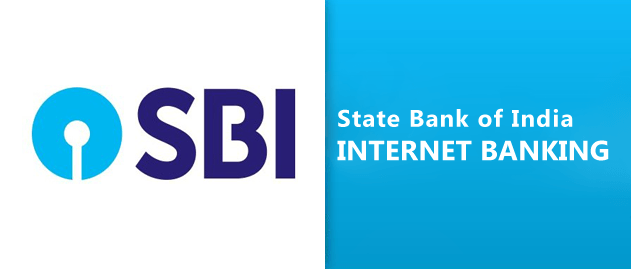In the digital age, traditional banking practices are gradually giving way to more advanced, secure, and convenient methods. One such method is Internet banking, a service that has transformed the way we manage our finances. If you are an account holder with the State Bank of India (SBI), this article will guide you through the process of setting up your SBI Internet Banking.

Before we start, let’s take a look at the key benefits of SBI Internet Banking:
- Convenience: Internet banking saves you from the hassle of visiting your bank for every transaction.
- Accessibility: It allows you to access banking services 24×7, from anywhere across the globe.
- Efficiency: It reduces the time spent on managing finances, making transactions faster and easier.
Now let’s dive into the step-by-step guide to setting up your SBI Internet Banking account.
Step 1: Visit the Official SBI Website
To begin with, visit the official SBI website. The homepage of the site is user-friendly and provides clear navigation to all the services offered by SBI.
Step 2: Navigate to Personal Banking Section
Once you’re on the SBI homepage, look for the “Personal Banking” section. You’ll find an option called “Login” under this section. Click on it to proceed to the next step.
Step 3: Read and Accept the Terms and Conditions
Before you start using SBI’s Internet banking services, you need to read and accept the Terms and Conditions. Make sure you understand all the points before clicking on “Continue to Login”.
Step 4: Click on ‘New User Registration’
On the login page, you will find a button labeled “New User? Register here/ Activate”. Click on this button to initiate the registration process.
Step 5: Fill in the Required Details
You will be asked to provide several details for registration, including your SBI account number, CIF number, branch code, country, registered mobile number, and the facility required. You can find your CIF number and branch code in your SBI passbook. After filling in the details, click on “Submit”.
Step 6: OTP Verification
Upon submission, an OTP (One Time Password) will be sent to your registered mobile number. Enter the OTP in the given field to verify your identity.
Step 7: Set Your Login Password
Next, you’ll need to set a password for your Internet Banking account. It’s advisable to choose a strong, unique password to ensure your account’s security.
Step 8: Confirmation
Once you’ve set the password, you’ll see a confirmation message stating that your registration is successful. You can now login to your account using your username (which is the same as your CIF number) and the password you just set.
Step 9: First Login and Profile Password
During your first login, you will be asked to set a profile password, provide a hint question and answer, and enter your date of birth, place of birth, and your gender. Your profile password is an additional layer of security and will be required for performing certain transactions or accessing specific sections of your Internet Banking portal.
That’s it! You’ve successfully set up your SBI Internet Banking account. Now you can enjoy seamless banking services at your fingertips.
Remember, Internet banking, while being a powerful tool, is also a responsibility. Be sure to follow best practices for secure banking, such as regularly changing your password, avoiding public Wi-Fi networks for banking transactions, and installing a good antivirus software on your device.
Internet banking has simplified our lives, and understanding how to utilize it effectively can make managing our finances a breeze. Whether it’s for paying bills, transferring funds, or tracking your spending, SBI Internet Banking is your go-to solution for easy and secure financial management.